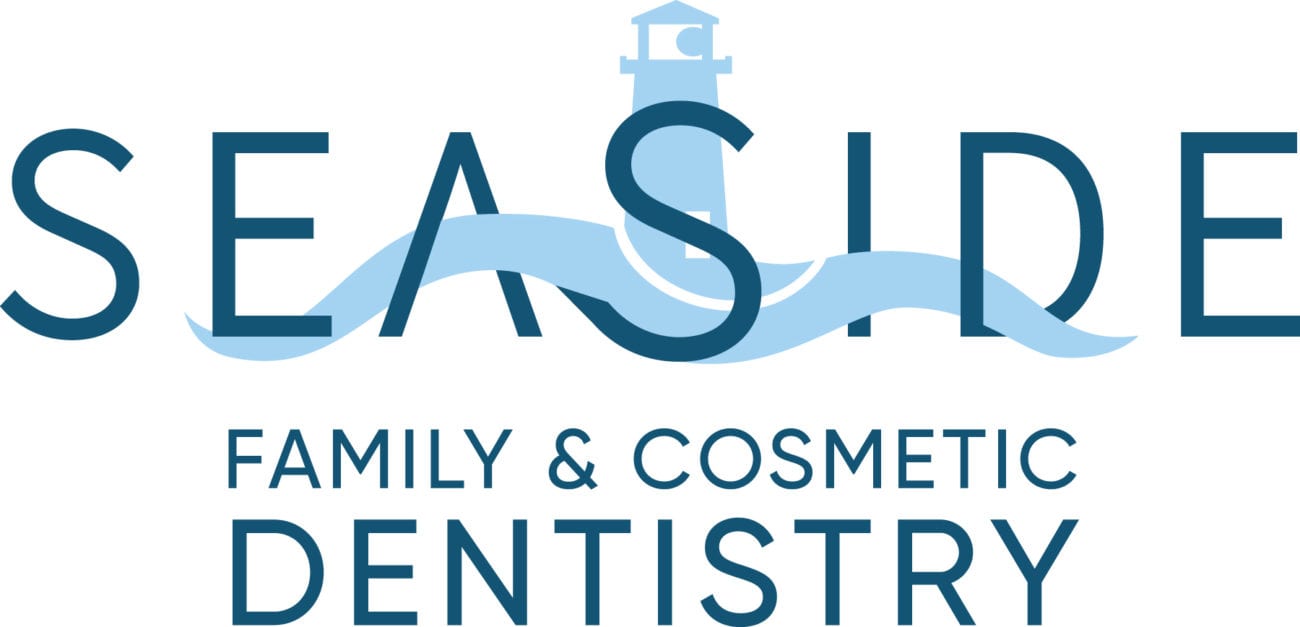Losing several teeth can significantly impact your confidence, oral health, and overall quality of life. Seaside Family and Cosmetic Dentistry can provide you with an implant-supported dental bridge in Hampstead, NC, to restore your smile, improve your oral function, and enhance your self-esteem.
An implant-supported bridge offers the best solution for missing teeth by combining the strength and durability of dental implants with the natural-looking aesthetics of a dental bridge. This tooth loss solution can last for decades with proper care and maintenance, ensuring a beautiful, functional, and confident smile for years.


What is an Implant-Supported Bridge?
An implant-supported dental bridge is a type of dental restoration that replaces multiple teeth, generally 2 to 6 teeth. It consists of dental implants and a prosthetic bridge.
Teeth implants are tiny, titanium posts that support the dental bridge. A dentist will surgically place them in the jaw bone, where they fuse with the jawbone. They also replace the missing teeth roots to prevent bone loss. To support a dental bridge, you will need at least two teeth implants.
A dental bridge is a custom set of teeth that closes the gap created by missing teeth. It has two dental crowns on each end with the pontics, the replacement teeth, in the middle. The crowns are attached to the implants for a solid and durable restoration.
Traditional Dental Bridge vs. Implant-Supported Dental Bridge
Traditional dental bridges rely on the adjacent natural teeth for support, which involves grinding down these healthy teeth to accommodate the bridge. This process can compromise the structural integrity of the remaining teeth and increase the risk of dental issues in the future. In contrast, implant-supported dental bridges are anchored to dental implants fused to the jawbone, eliminating the need to alter the adjacent teeth.
Another significant advantage of implant-supported dental bridges is that they stimulate bone growth since the implant posts act as teeth roots. With traditional bridges, you have a higher risk of bone loss because of the lack of stimulation. Jawbone loss will alter the fit of the bridge, requiring a replacement, and cause shrinkage in the face.
Long-term Maintenance and Durability of Implant-Supported Dental Bridges
One of the greatest advantages of implant-supported bridges is their exceptional durability and long-term maintenance. Unlike traditional dental bridges, which will you will need to replace every 5 to 10 years, implant-supported bridges can last for 15 years or more with proper care and maintenance.
The key to the longevity of implant-supported dental bridges lies in the osseointegration process, where the dental implants fuse with the surrounding jawbone. This creates a strong and stable foundation that helps prevent bone loss and ensures the long-term stability of the restoration.
To ensure the longevity of your implant-supported dental bridge, you must follow a strict oral hygiene routine. This includes:
- Brushing two times a day with a soft-bristled toothbrush
- Flossing your teeth at least once a day to remove plaque and food debris
- Using an antimicrobial mouthwash to maintain optimal oral health
- Attending regular dental check-ups and professional cleanings
Also, we suggest avoiding habits that can damage your dental bridge. These habits include grinding teeth, chewing on hard objects, or using teeth as tools. Taking good care of your implant-supported bridge allows you to enjoy a great-looking and well-working smile that will last for many years.
Frequently Asked Questions
Will the procedure for placing implants be painful?
No, the procedure itself isn’t painful because local anesthesia is used to numb the area fully. You might feel pressure but not pain during the surgery. Afterward, mild soreness or swelling is common and usually managed with over-the-counter pain relievers. Most patients say the discomfort is less than they expected.
How long does it take to complete the entire process for an implant-supported bridge?
The full process usually takes several months. First, the implants are placed, then the bone needs time to heal and bond with them—typically 3 to 6 months. Once healed, the bridge is attached. The exact timeline depends on your bone health, the number of implants, and whether any additional procedures are needed.
Can I eat normally with an implant-supported bridge?
Yes, you can eat most foods comfortably once it’s fully healed and secured. Implant-supported bridges are stable and strong, making chewing easier than removable dentures. You’ll be able to enjoy a broader range of foods with confidence. Start slowly and follow your dentist’s guidance during the healing period.
Will I need to avoid certain foods after getting an implant-supported bridge?
Yes, during the healing phase, you should avoid hard, crunchy, or sticky foods that could stress the implants. After healing, you can return to a regular diet, but it’s still a good idea to avoid hard items like ice or hard candy. Keeping your bite gentle on the implants helps protect them long-term.
How do I clean and maintain an implant-supported dental bridge?
You’ll need to brush and floss daily, just like natural teeth. Special floss threaders, water flossers, or interdental brushes help clean around and under the bridge. Regular dental checkups are essential for keeping the area healthy and catching any early issues. Good hygiene is key to the long-term success of the implants.
Can an implant-supported bridge be placed immediately after tooth extraction?
In some cases, yes. If the bone and surrounding tissues are healthy, the implants can be placed on the same day as the extraction. This is called immediate placement. However, many cases require healing time before implant placement—your dentist will assess your bone and gum health to decide what’s best.
If you’re considering an implant-supported dental bridge in Hampstead, NC, contact Seaside Family and Cosmetic Dentistry to schedule a consultation. You can request an appointment on our website or call us at 910-335-4392.
